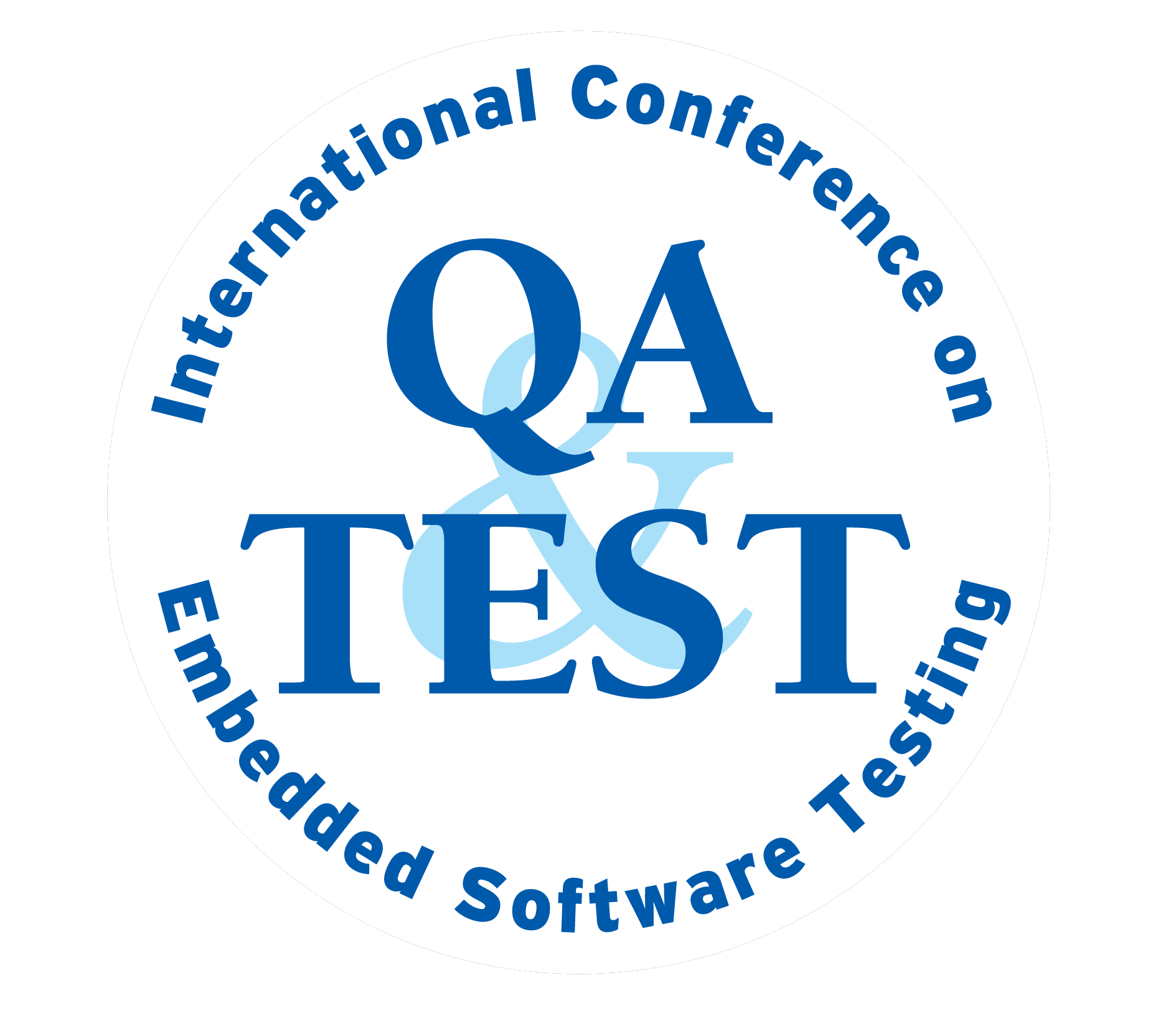Deepika Hanumanthu
ifm engineering (India)
Automating IIoT Device Software Testing: Strategies for Reliable and Scalable Validation
The heart of every IIoT is edge devices. These embedded devices are responsible for collecting data from various sensors, parsing it, and forwarding it to applications like the cloud or local server for further analytics. These devices also handle data packaging for different types of protocols like HTTP, MQTT, OPC UA, etc., so they are compatible with various applications. It is the IIoT device software inside these memory-constrained devices that enables them to carry out these computations effortlessly. Given the complexity of the IIoT device software, it is difficult to perform regression testing without a test automation framework that can cover all the communication protocols as well as functionality. This talk will present ideas on how such an automation framework can be designed to test the functionality and protocols used in the IIoT device software. It is a 5-step process. The first step is to understand the goal of creating this framework. The next step is to consider who is to work on the framework and how the test setup is going to look. Third is tool and technology selection. The fourth is to future-proof your scripts. Fifth is to make sure if the goal is fulfilled.
Comprar Tickets

Deepika Hanumanthu is passionate about software testing, with over 8 years of dedicated experience. She has done her masters from the University of Stuttgart, Germany in Information Technology with a focus on embedded systems. This is where she discovered her love for IoT and she found her way into ifm who is a pioneer in Industrial IoT (IIoT). As an expert in developing robust Test Automation frameworks, Deepika has consistently pushed the boundaries of quality and efficiency throughout the Testing Lifecycle in her work. Her proficiency spans comprehensive UI, API, and penetration testing, ensuring that every phase—from functional end-to-end testing to regression and exploratory testing—is executed with unparalleled precision.




